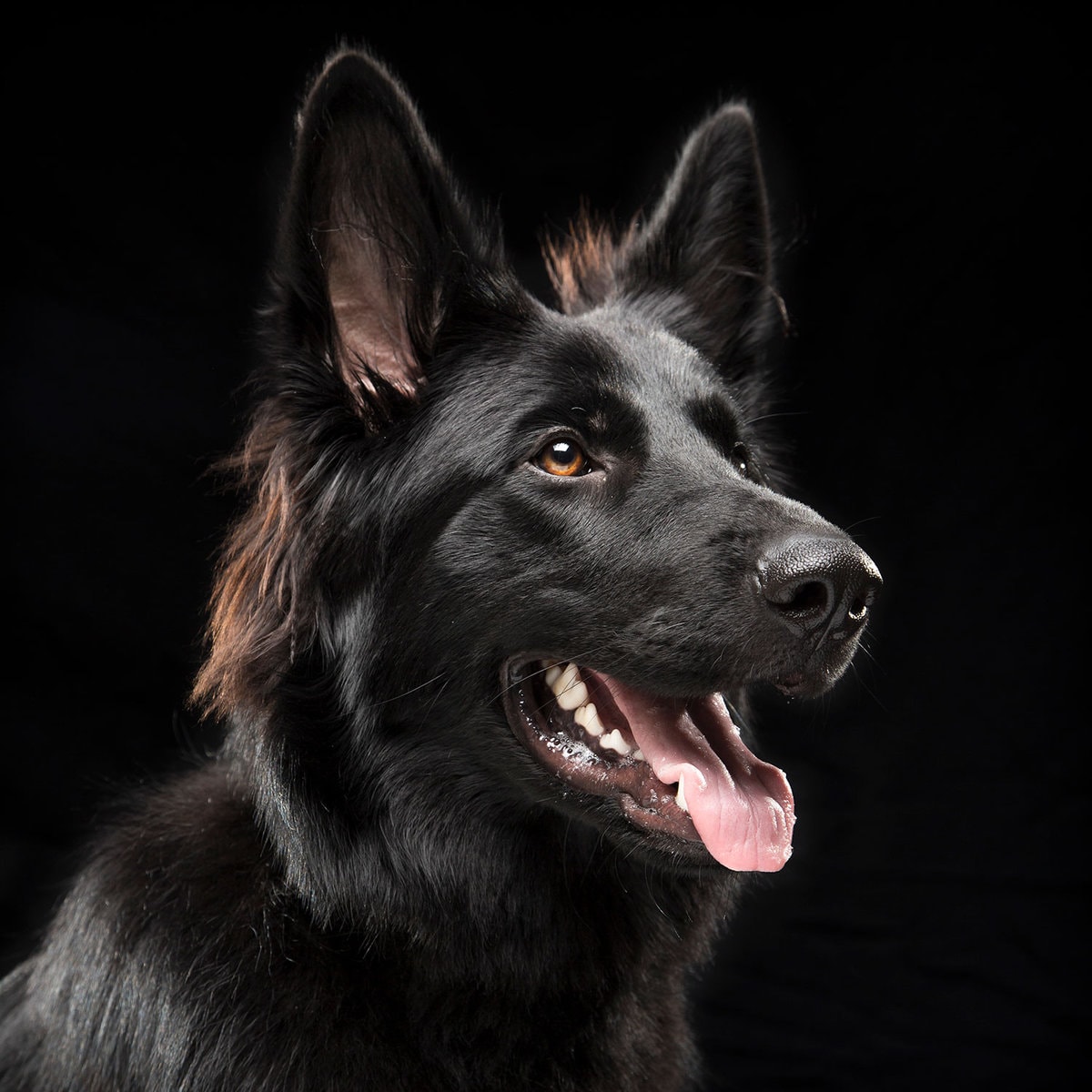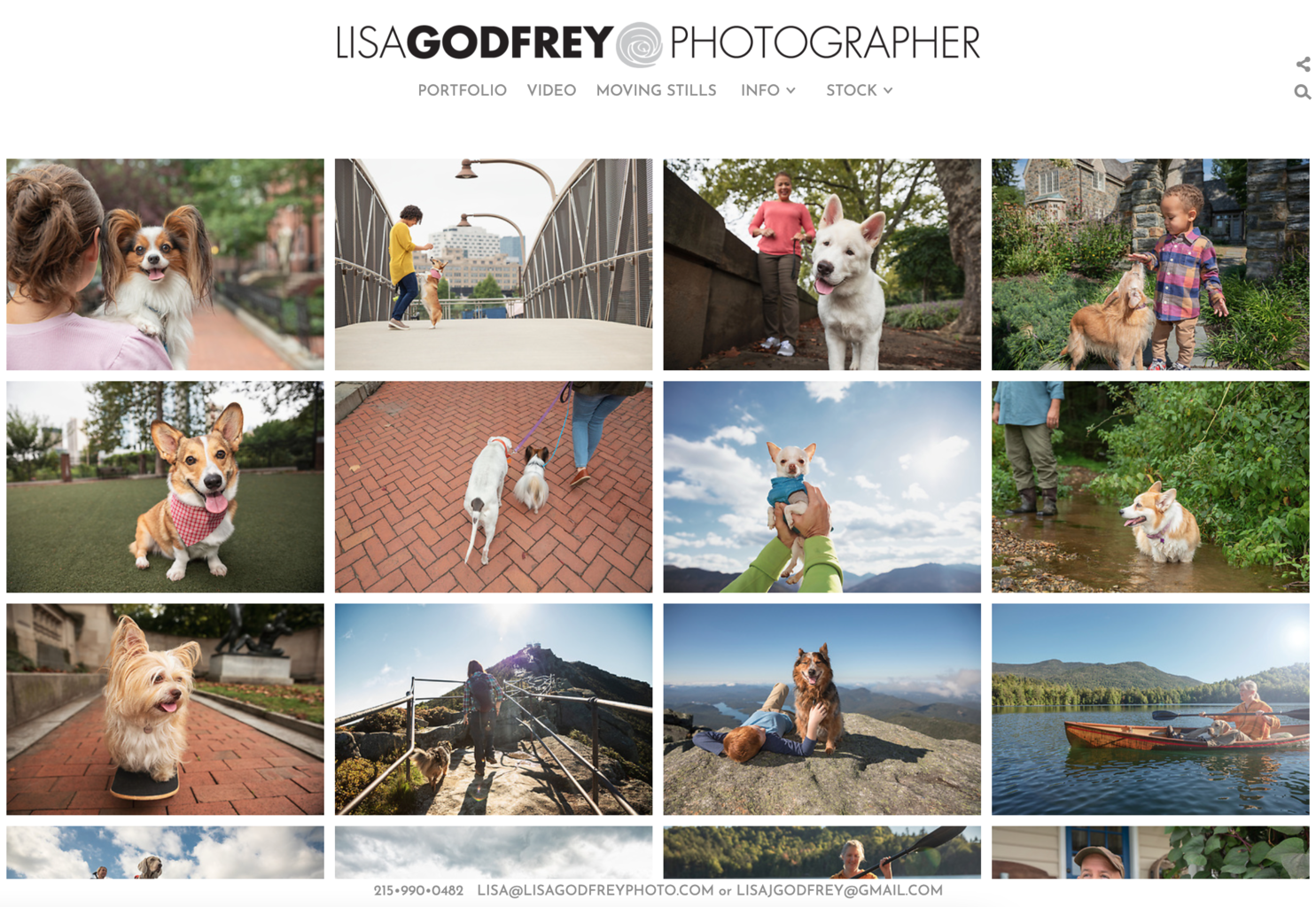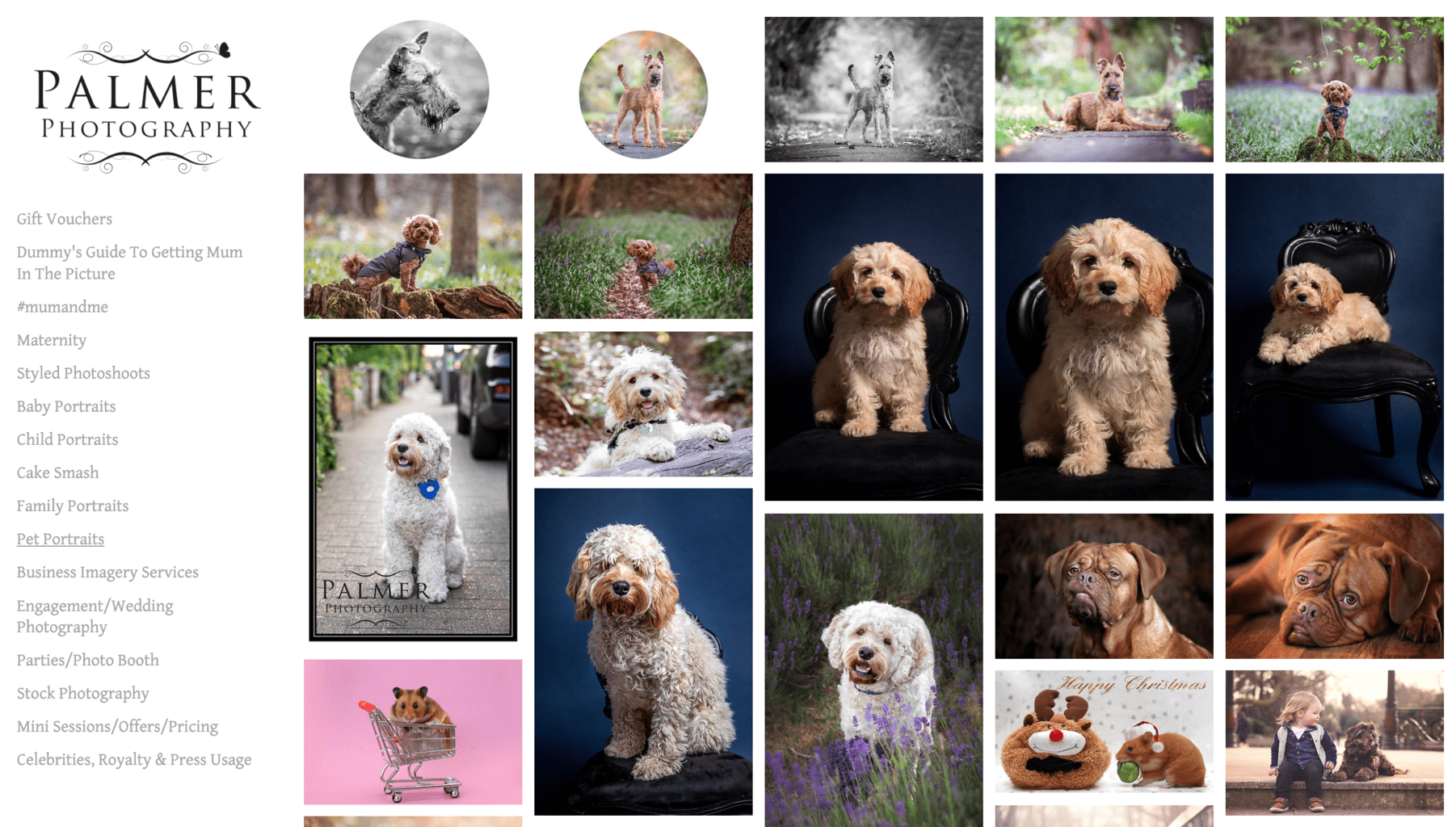Share
Tips, Tricks and Treats for Purrfecting Pet Photography
If you didn’t know already, the team at PhotoShelter is a little obsessed with our cats and dogs (not to mention birds and one seriously cute hed...

If you didn’t know already, the team at PhotoShelter is a little obsessed with our cats and dogs (not to mention birds and one seriously cute hedgehog too!). Throughout the week, we share photos and updates of our furry friends with each other via Slack, and it’s always extra exciting when a new pet is introduced to the group.
Referred to as our PSpets, the animals we live with have become a special part of each of our families, and the love we have for our pets nearly rivals our admiration for all things photography.
What better way to combine our passions for pets and photography than to learn all about pet photography, and share those tips with our curious photo community?
We connected with three PhotoShelter members who excel at photographing pets – whether it’s outside on the go or in a studio. Fred Levy, Lisa Godfrey and Kiera Fyles each bring different perspectives to the table, describing how they got their start, what equipment is essential when working with animals, and more. Read on to hear the stories behind some of their favorite pet photos and learn how you can create your own!
The following interview has been lightly edited for clarity and length. Cover image by Lisa Godfrey
How did you get your start photographing pets?
Fred Levy:
When we adopted our first dog, Toby, I would go to the local dog park with him and my camera and started taking photos. I was really enjoying the process, the people and time with the dogs. When I started looking into it, I found out there was a whole group of people who specialized in pet photography. I had no idea it was even a thing, but I decided that if there is one thing I could do and never get tired of, it was pet photography.

Lisa Godfrey:
I started photographing dogs not long after adopting our first dog Athena. I had been taking obedience classes with her and it became clear that we both enjoyed working together. It wasn’t long before we were teaching assistants and a certified therapy dog. At the time, I was working with Amanda Sosa Stone, a consultant who works with photographers on the creative and business aspects of their careers, and she suggested combining two of my passions: animals and photography.
Kiera Fyles:
I have been a photographer for a long time, mainly photographing humans (weddings, red carpets, families, etc), and photographing pets has really evolved from my other work. Families have requested that their pets were included in their family photos, and, always up for a new challenge, I have readily agreed! I have also photographed our own family pets – firstly my daughter’s hamsters, and now our dog, Hero.
What are some of your top tips for photographing pets? How do you work with distracted or misbehaved animals?
Fred Levy:
Except for the best trained animals, most will be distracted in some way. It’s not part of their normal day, so I have to make sure they stay happy. High quality treats or their favorite toy can be a good incentive. What’s really most important is to stay very calm. Animals will pick up on how you feel so you need to stay calm, make sure the handler (usually the owner) stays calm and the animals will have a much better time.
Lisa Godfrey:
You won’t always have an animal handler on set, so you’ll need to figure out what motivates your subject. Some dogs will work for food, others may react to a toy or prop. You can use either as bait to get your subject to look where you want. Rebus in my 2020 dog calendar was NOT motivated by my stinky dog treats. He preferred a squeaky tennis ball. Cats might take a little more coaxing than dogs, however, most can be tempted with toys on strings. A bit of controlled play goes a long way.
While a good dog handler on set makes my job easier, that’s not always the case. Take a class with an experienced dog trainer. Being present with my own dogs as they worked through their training has helped me when photographing both trained and untrained pups. Classes have taught me how to reward behaviors I want the dog to repeat. You can’t just hold a treat over your camera and expect the dog to stare into your camera for an extended period without payment; they’ll lose interest.
Read more of Lisa’s tips for photographing pets and animals here.
Kiera Fyles:
Having photographed celebrities on red carpets for almost 20 years, I regularly joke with my clients that I will happily work with both children AND animals as opposed to Hollywood A Listers any day!! Working with any of the above groups requires patience, as, more often than not, they will not follow instructions particularly well and just do what they do and I simply have to grab the shot when it presents itself! Obviously, with pets (much like children), treats and squeaky toys are also worth keeping close to hand for rewarding the behaviours you want and getting their attention when you need them to look in the direction of the camera.

Do you use any special gear or props when working with animals? What’s a must-have piece of equipment for pet photography?
Fred Levy:
I keep some squeakers and toys in my camera bag so they will look at me. I ask the owners to be the dog handler, if they are not in the photos, and give them direction on how to place the dog, give them direction instead of me telling the dog what to do. I try to have the dog ignore me so they can feel good about the play we are doing. I often spend time on the ground (at their level), so I don’t want them coming over to me while I’m shooting.
I often shoot with zoom lenses instead of prime. It gives me flexibility when the pets move from their mark. I’m almost always using an off camera flash when on location because I want to make sure I get a well lit subject and can get better backlit images. For non-photo gear though, I can’t stress enough the importance of a good pair of knee pads. I’m on the ground a lot so it really saves my knees.
Lisa Godfrey:
My go-to lens for photographing pets is the 24mm. I like the perspective. In the last year or so I have upgraded to the Canon R5. The focusing system has been a game changer for me.
Kiera Fyles:
Extra pairs of hands! Working with the owner/s is a must as the bond between a pet and its owner is the one who is most likely to get the animal to do what I need them to do or look where I need them to look. Photographing my own dog is the hardest thing ever, as I don’t always have that extra pair of hands available! As before, treats and squeaky toys are also a must have for any pet shoot, too, and an extendable lead that can be easily Photoshopped out afterwards is useful as well, especially for dogs who aren’t used to being off lead.
In terms of camera equipment, though, I use exactly the same as I would with my human subjects, a Canon 5D Mk IV and 70-200 f2.8 lens. If I need extra lighting, I will use either a Canon 580EX flash or my Pika 200 portable lighting.
Do you have a favorite pet photo (or two)? Share it with us and tell us about the photo(s) and any memories you have from the photo shoot.
Fred Levy:
Of all the pets I’ve photographed, it’s really hard to just pick one or two. One would have to be this German Shepherd I photographed. She was the first dog I brought into my studio to start my black dogs project which ended up being a published book. Without this photo, and all the chaos involved in making it, my career wouldn’t be the same.

Lisa Godfrey:
It’s hard for me to pick just one. I enjoy contrasting Mr. Pink’s tiny size with the big world. I’ve been working on a series of Pink with his weight in different things – acorns, candy canes, nuts, candy hearts.

Kiera Fyles:
I love taking photos of children and their pets, as the bond is always so lovely to see, so this photo of the little boy and his dog is one of my favourites – and one where I didn’t have to Photoshop them into the same picture! I seem to remember it was the last picture taken that day, and, even though it was almost 8 years ago, I still love it!

In your experience, what’s the hardest pet to photograph? Tell us about a photo-fail story, because we all know it can be quite tricky!
Fred Levy:
I don’t have a lot of fail stories.The hardest part isn’t usually because of the dog, but the owner. It can be stressful to hire someone like me to take photos of their pet they love so much. They know them and have ideas of what they will or won’t do. I’ve had so many people tell me they can’t believe I got their dog to sit or stay.
I think the hardest animal I’ve had to photograph though have been bunnies. They just don’t listen and won’t stay still. I had to use some studio flags to box them in just to keep them in a spot. I wouldn’t call those my best photos.
Lisa Godfrey:
The hardest pet to photograph is the one that is not confident or scared. Growing Mr. Pink’s confidence in front of the camera has made him a better model.
Puppies can also be very challenging since they are not trained and have a limited attention span
Kiera Fyles:
Definitely my own!! Absolutely anyone else’s pet, regardless of species, will always be easier to photograph!! Hamsters are hard to photograph due to their speed – which is why I use small props (like the shopping trolley!) to keep them still for a microsecond! No pet has beaten me yet, though – touch wood!
Tell us a bit more about your own pets!
Fred Levy:
This whole thing started when we adopted our first dog Toby. Here is a link to my tribute page. Now we have Iggy and Jack-Jack. Two black dogs we adopted and are awesome. They have their own challenges but we love having two dogs. They are trying to be “insta-famous” on their Instagram page, iggybrowneyes.
Lisa Godfrey:
We currently have 3 dogs, Uma a 15yr old Australian Shepherd, Nita a 11 year old Australian shepherd/ Wheaten Terrier mix and Mr. Pink a 4 year old 3.75lb Chihuahua.
Kiera Fyles:
We currently just have Hero, who is a Cavapoochon (a Cavalier x Bichon x Poodle – aka a posh mongrel!). He’s 3.5 years old and is a real character – he thinks he is a human and loves making people laugh! He has turned our world upside down & brought nothing but chaos, but we also wouldn’t be without him.
We would love to see your own pet photos! Tag us on Twitter or Instagram (@photoshelter) and share your work.
Want to meet the PhotoShelter team’s furry friends? Head over to our LinkedIn page and follow along as we introduce some of our PSpets each week, alongside a dedicated donation to The Humane Society of the United States.





